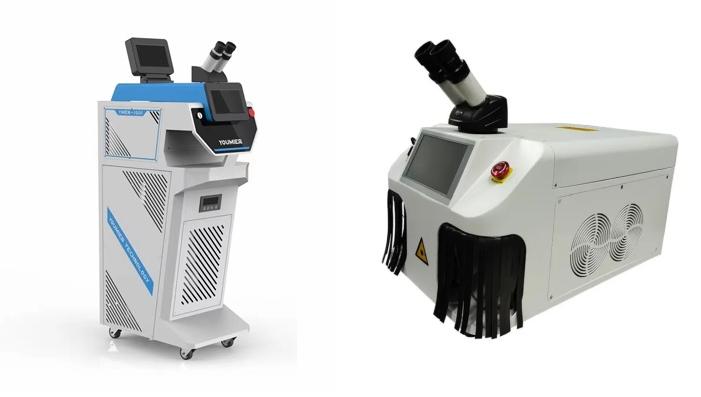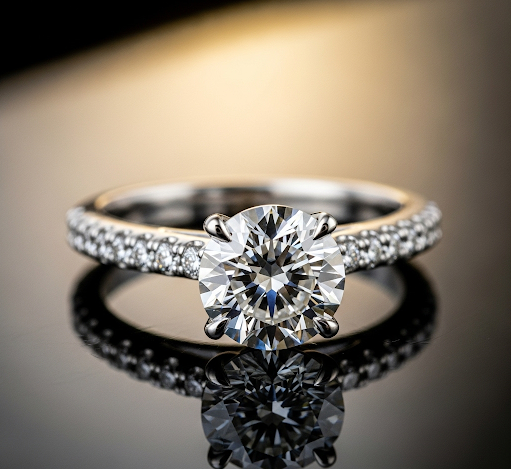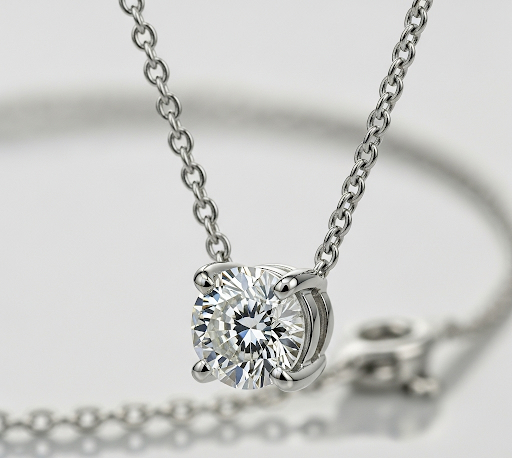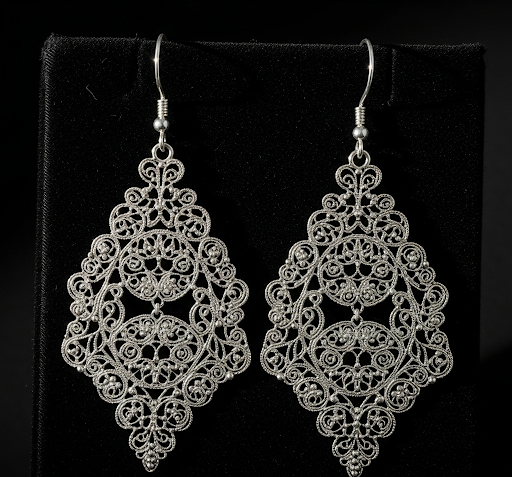Traditional jewelry making can be a challenging process, often involving the risk of heat damage and visible seams. But what if you could repair and create delicate jewelry with microscopic precision, superior strength, and suitable heat? That’s the power of the jewelry laser welding machine, a tool that has become an essential part of the modern jeweler’s workshop.
This guide will explore the many applications and advantages of jewelry laser welding machines that are transforming the craft, making it more efficient and precise than ever before.
1.Introduction: Why Laser Welding is a Secret Weapon for the Jewelry Industry
The jewelry laser welding machine offers a superior alternative to conventional soldering by creating a high-strength metallurgical bond between metals. By utilizing a concentrated beam of light, the process delivers unparalleled precision with a minimal heat-affected zone (HAZ). This localization of heat is critical, preventing thermal damage to sensitive components like gemstones and eliminating distortion in the surrounding metal. Consequently, laser welding yields repairs and creations that are stronger, cleaner, and produced with greater efficiency, making it an indispensable tool for any modern jeweler.
2.Unlocking the Power: Key Applications of Jewelry Laser Welding
Jewelry laser welders are incredibly versatile, making them a go-to tool for a wide range of tasks. Here are some of the most common applications.
Jewelry Repair & Restoration
The precision and control offered by a laser welding machine make it an invaluable tool for a wide range of jewelry repair and restoration tasks. Unlike traditional soldering, which can be imprecise and risky, laser welding ensures a secure and clean repair every time.
Resizing Rings: Resizing a ring often requires adding or removing a small section of metal. A laser welder makes this process seamless and precise. It allows a jeweler to add a new piece of metal or fuse the resized band back together without subjecting the entire ring to heat. This is especially crucial for rings with delicate or heat-sensitive gemstones, which could be easily damaged by the open flame of a traditional torch. The result is a clean, strong bond that is virtually invisible.
Chain and Clasp Repair: Fixing a broken chain or clasp can be a painstaking process. Traditional methods can leave behind visible solder joints that weaken the links and detract from the chain’s appearance. With a laser welder, a jeweler can precisely fuse the delicate links of a chain or the components of a clasp back together. The focused beam ensures the repair is strong and the join is clean, leaving no visible evidence of a repair.
Retipping Prongs: Over time, the prongs holding a gemstone can wear down, posing a risk of the stone falling out. Retipping with a laser welder is the safest and most effective method for securing a stone. The laser can precisely add a tiny amount of new metal to a worn prong, building it back up to its original strength without transferring heat to the gemstone. This process is so accurate that it minimizes the risk of damage to the stone and ensures it is held securely in place.
Restoring Antique and Vintage Pieces: Antique and vintage jewelry often have intricate designs and fragile components that are difficult to repair. A laser welder is an essential tool for restoration, as it allows for delicate repairs without compromising the piece’s integrity or unique patina. A jeweler can mend a broken filigree, reattach a fragile setting, or repair a worn-out component without damaging the surrounding metal or losing the historical character of the piece.
Creative Design & Manufacturing
The precision and control of a laser welder open up a world of creative possibilities for jewelers, allowing for intricate designs and complex assemblies that were previously difficult or impossible with traditional methods.
Creating Intricate Designs: Laser welding allows jewelers to create designs with pinpoint accuracy, joining tiny components and fine filigree with a level of precision that a traditional torch can’t match. This capability is essential for delicate work where even the slightest excess heat or misplaced solder can ruin the piece. Jewelers can now construct elaborate, lightweight, and complex designs with confidence, knowing the weld will be strong and virtually invisible.
Setting Gemstones: One of the most significant advantages of laser welding is its ability to secure gemstones without the risk of heat damage. The highly localized heat from the laser beam means jewelers can weld prongs or create bezel settings even for heat-sensitive stones like opals and emeralds. This process provides a secure bond for the setting while protecting the stone from the discoloration, fractures, or other damage that an open flame would cause.
Working with Dissimilar Metals: Laser welding excels at joining different types of metals in the same piece, such as platinum to gold. Traditionally, welding dissimilar metals is challenging because of their different melting points and properties. The laser’s precise control over heat allows for a strong, clean metallurgical bond between these metals, which is crucial for creating modern designs that combine different colors and materials.
Complex Assembly: For intricate pieces made of multiple components, a laser welder is an invaluable tool for assembly. It allows jewelers to tack-weld parts together with perfect alignment before the final finishing and welding process. This temporary, yet strong, bond prevents components from shifting, ensuring that complex designs come together exactly as intended. This process streamlines production and reduces the risk of errors, saving time and materials.
3.The Unmistakable Advantages: Why Laser Welding is the Modern Jeweler’s Choice
The advantages of using a laser welding machine are clear, offering significant improvements in quality, efficiency, and safety. This technology is becoming a standard in modern jewelry workshops for several key reasons.
Superior Precision and Control: The focused laser beam allows for microscopic welds, making the process perfect for intricate details and delicate pieces that are impossible to handle with traditional methods. This unparalleled accuracy ensures a clean, flawless finish.
Minimal Heat-Affected Zone (HAZ): A critical benefit of laser welding is that the heat is highly localized. This prevents damage to nearby gemstones, avoids metal discoloration, and eliminates the risk of warping the surrounding material.
Exceptional Durability and Strength: Laser welds are incredibly strong, often reaching up to 95% of the base metal’s strength. This results in more durable, long-lasting repairs and creations that can withstand daily wear.
Efficiency and Speed: The rapid welding process significantly reduces labor time and increases productivity, allowing jewelers to complete more work and offer faster turnaround times to their clients.
Enhanced Safety: A laser welder operates within a closed chamber, which significantly reduces the risk of burns and fire hazards associated with open-flame torches, creating a safer working environment for the jeweler.
4.Is the Jewelry Laser Welding Machine Easy to Use?
This is a common question, and the answer is yes, modern jewelry laser welders are surprisingly user-friendly. While they represent a significant technological leap, many models are designed with intuitive interfaces and guided controls. For example, many machines have color touch screens that let you easily adjust settings and switch between modes for different tasks. This makes them accessible to both beginners and seasoned professionals. Many manufacturers also offer training and lifetime technical support to help jewelers get up and running quickly.
5.Laser vs. Traditional Welding: A Detailed Comparison
|
Feature |
Laser Welding |
Traditional Welding |
|
Precision |
Pinpoint accuracy, microscopic welds |
Broader heat application, higher risk of damage |
|
Heat |
Minimal, localized heat; safe for gemstones |
High, can discolor metal and damage stones |
|
Strength |
Strong, durable, nearly invisible joint |
Weaker solder joint, more visible seam |
|
Time & Labor |
Faster, less post-work cleanup |
Slower, requires more cleaning and finishing |
|
Cost |
Higher initial investment, but lower long-term labor/material costs |
Lower initial cost, but higher ongoing labor/rework costs |
6.Conclusion: Is a Laser Welder Right for Your Business?
The jewelry laser welding machine is more than just a piece of equipment; it’s a technology that empowers jewelers to enhance their craft. By offering a high level of precision, minimal heat impact, and notable versatility, it allows for the creation of stronger, cleaner, and more intricate pieces with greater efficiency. This makes it a valuable tool for both professional jewelers looking to improve their capabilities and small-scale artisans aiming to expand their design possibilities.
If you’re ready to elevate your craft with unparalleled precision and efficiency, exploring a laser welder is the clear next step for your business.
Post time: Aug-11-2025













